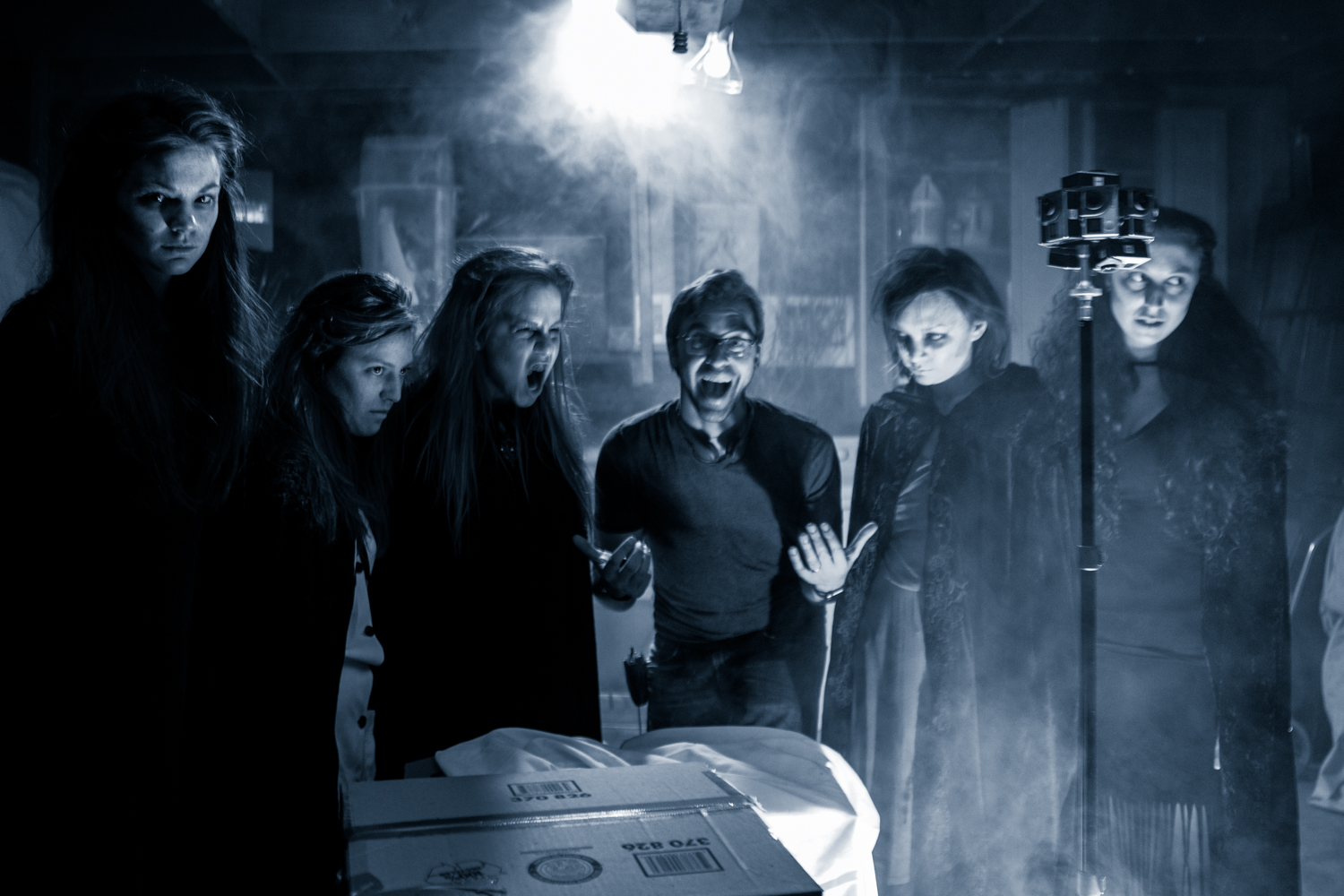Virtual reality has the power to immerse audiences in horror experiences that deliver new heights of scream-out-loud sensation. Hopes are high in the entertainment industry for VR headset technology, but as a VR creator with a few of horror experiences under my belt, I’ve learned that creating watchable VR in the horror genre is complicated.
Unlike 2D horror films, which thrive on creating over-the-top frights to induce outright terror, an important marker of success in VR is creating an experience the viewer can sit through without abandoning the headset in terror after a few minutes.

Unlock premium content and VIP community perks with GB M A X!
Join now to enjoy our free and premium membership perks.
![]()

![]()